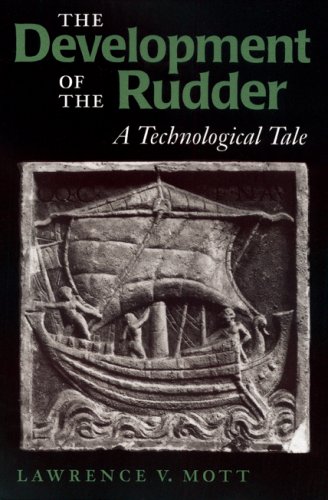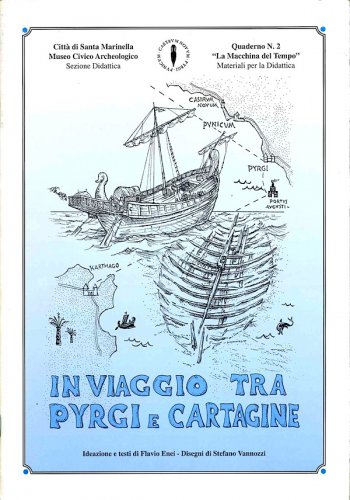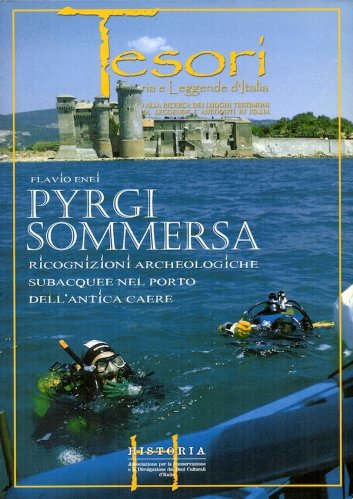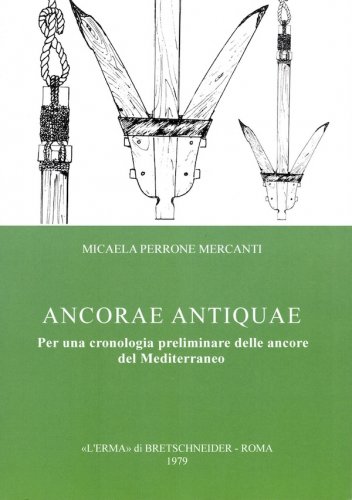Development of the rudder
a technological tale
Development of the rudder
a technological tale
- Non disponibile, richiedi informazioni sulla disponibilità
- Possibilità di reso entro 10 giorni lavorativi
- Transazione sicura con carta di credito, Paypal o bonifico bancario
- Spedizione tracciata con SDA
Prior to the twelfth century in northern Europe, ships were steered by a quarter-rudder, which was mounted on the rear side of the vessel. The use of the quarter-rudder persisted up until the fourteenth century in the Mediterranean. There, two quarter-mounted steering oars were used—a fact that has eluded many, even in the fields of maritime history. Far exceeding anything ever before written on the subject, The Development of the Rudder endeavors to unravel the mysteries of the evolution of a vital piece of seafaring equipment. And in the process, Lawrence V. Mott answers far-reaching questions on why some technologies develop and endure, while others are soon replaced. In this first considered historical overview of the rudder, Mott begins his examination in the Roman period, and from there traces rudder development through the middle centuries to the age of exploratory navigation, by which time the quarter-rudder had been replaced by the pintle-and-gudgeon rudder. Throughout, he offers a thorough analysis of the mechanics of these rudder systems, while never losing sight of the human interest that attends the radical changes brought on by innovation. With an interpretative eye, Mott examines classical and medieval art illustrating the rudder. This iconographic evidence is combined with the laws of modern hydrodynamics in order to render a more accurate description of rudder design and use during a given period. These conclusions are further depicted in finely rendered line drawings by the author. The layperson will find in this unique work a penetrating look into the history of technology at sea—a history that defies the linear constructs often associated with developmental and evolutionary theory. Maritime historians, nautical archaeologists, and ship modelers will embrace this book as an invaluable reference, which includes useful appendixes filled with technical data for researchers and scholars.









